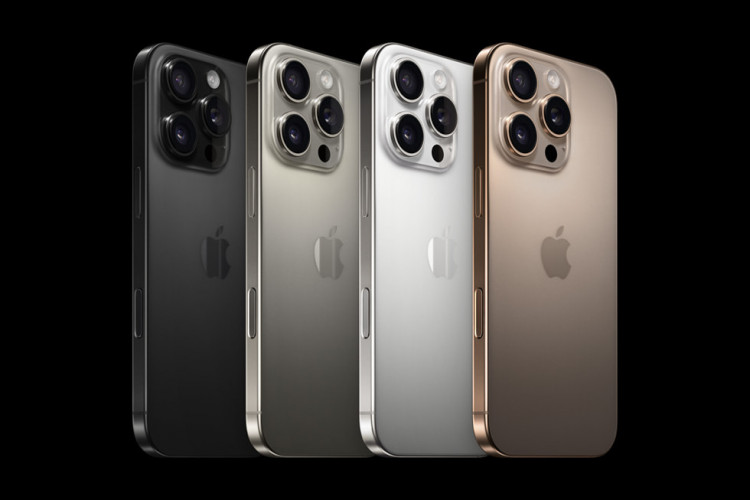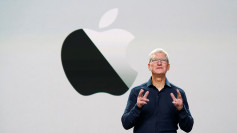Apple is preparing to launch a larger-screen iPhone 19 Air in the second half of 2027, marking a significant step in the company's evolving product roadmap, according to a new report from noted analyst Ming-Chi Kuo. The device is expected to feature a bigger display than the iPhone 18 Air, which itself is scheduled to debut a year earlier.
While exact screen dimensions were not specified, Kuo described the iPhone 19 Air as having "a larger display vs. 18 Slim." The "Slim" label appears to refer to a new ultra-thin variant Apple plans to release under the name iPhone 17 Air this September. That model is expected to feature a 6.6-inch screen, placing it between the standard iPhone 17 and the larger iPhone 17 Pro Max.
Kuo's report, which outlines Apple's plans through 2027, also includes a first look at the company's ambitions to diversify its smartphone lineup and shift away from its traditional release cadence. Starting in 2026, Apple is expected to split its flagship iPhone launches across spring and fall: Pro models would debut in the fall, while standard and Air models would follow in the spring.
The strategy shift comes amid what Kuo describes as "intense competition, particularly in China," prompting Apple to adopt a bi-annual launch cycle to keep up with market dynamics and new form factors.
Among those form factors is Apple's long-anticipated foldable iPhone, which Kuo says is slated for release in late 2026. A second-generation foldable iPhone would follow in 2027, launching alongside the iPhone 19 Air and coinciding with the iPhone's 20th anniversary.
Separately, a report from The Information, cited by Engadget, claims Apple aims to launch an all-screen iPhone in 2027, eliminating all visible cutouts for Face ID or the front-facing camera. The publication also said the iPhone 18 Pro and Pro Max models will adopt under-display Face ID technology, leaving only a small circular hole for the camera in the upper-left corner of the screen.
For the upcoming iPhone 17 Air, The Information noted that the device will be thinner than other models but may have worse battery life, which Apple may attempt to offset with an optional battery case.





